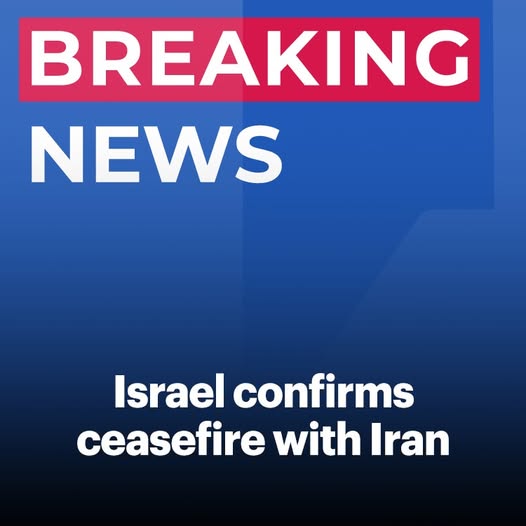
A U.S.-brokered ceasefire between Israel and Iran collapsed almost immediately after President Donald Trump announced the deal, with both sides exchanging accusations and missile fire within hours of the agreement’s supposed start.
Ceasefire Announced, Then Disputed
President Trump declared a “complete and total ceasefire” between Israel and Iran late Monday, urging both nations to refrain from further hostilities and describing the truce as potentially indefinite. In a Truth Social post, Trump proclaimed, “CONGRATULATIONS WORLD, IT’S TIME FOR PEACE!” and suggested that the agreement would take effect several hours after his announcement, with a timeline nearing midnight ET.
However, the status of the ceasefire was immediately thrown into doubt. While Trump and the White House insisted the deal was in place, Iranian officials contradicted the claim. Iranian Foreign Minister Abbas Araghchi stated on social media that “there is NO ‘agreement’ on any ceasefire or cessation of military operations,” but added that Iran would cease attacks if Israel stopped its airstrikes by 4 a.m. Tehran time.
Missile Barrage and Casualties
Shortly after Trump’s announcement, Israeli authorities reported an “incoming barrage” of missiles from Iran targeting northern and southern Israel, with the attack occurring just an hour after the ceasefire was supposed to take effect. The Israeli military stated that it intercepted several missiles, but at least four people were killed and several others wounded in Beersheba, where three residential buildings were heavily damaged. Hundreds of emergency responders rushed to the scene, and authorities warned civilians to remain near bomb shelters despite the lifting of some restrictions.
Iranian state media denied launching any missiles after the ceasefire began, but Israeli Defense Minister Israel Katz accused Iran of a “complete breach” of the truce and vowed that Israel would “retaliate with force”. IDF Chief of Staff Eyal Zamir echoed this, stating that Israel would take “decisive action” in response to what it called a significant violation.
Conflicting Narratives and Escalating Tensions
The conflicting accounts from both nations underscored the fragility of the ceasefire. Iranian media outlets, including the semi-official ISNA and Nour News, denied any violation, while Israeli officials insisted that missiles had been fired and intercepted. Trump, meanwhile, continued to assert that the ceasefire was in effect and pleaded with both sides not to violate it.
The White House revealed that Trump had brokered the deal in a call with Israeli Prime Minister Benjamin Netanyahu, with Israel agreeing to the ceasefire on the condition that Iran refrained from further aggression. The Qatari government was also involved in the negotiations, according to U.S. officials.
Aftermath and Outlook
The rapid breakdown of the ceasefire highlighted the persistent volatility in the region and the challenges of sustaining peace agreements. Trump, who has styled himself as a master negotiator, faced immediate criticism as violence resumed almost as soon as the truce was announced. He labeled the conflict the “12 Day War,” alluding to the intensity and brevity of the fighting.
As of Tuesday morning, the situation remained tense. Israel’s military kept restrictions in place, and officials warned that further retaliation was possible. Meanwhile, Iranian officials insisted their attacks had stopped just before the ceasefire was due to begin, but Israeli leaders rejected this assertion and prepared for further military action.
The episode underscored the enduring difficulties of achieving lasting peace in the Middle East, even with high-level U.S. intervention. The coming hours and days will determine whether the ceasefire can be salvaged or if the region is headed for renewed escalation.


